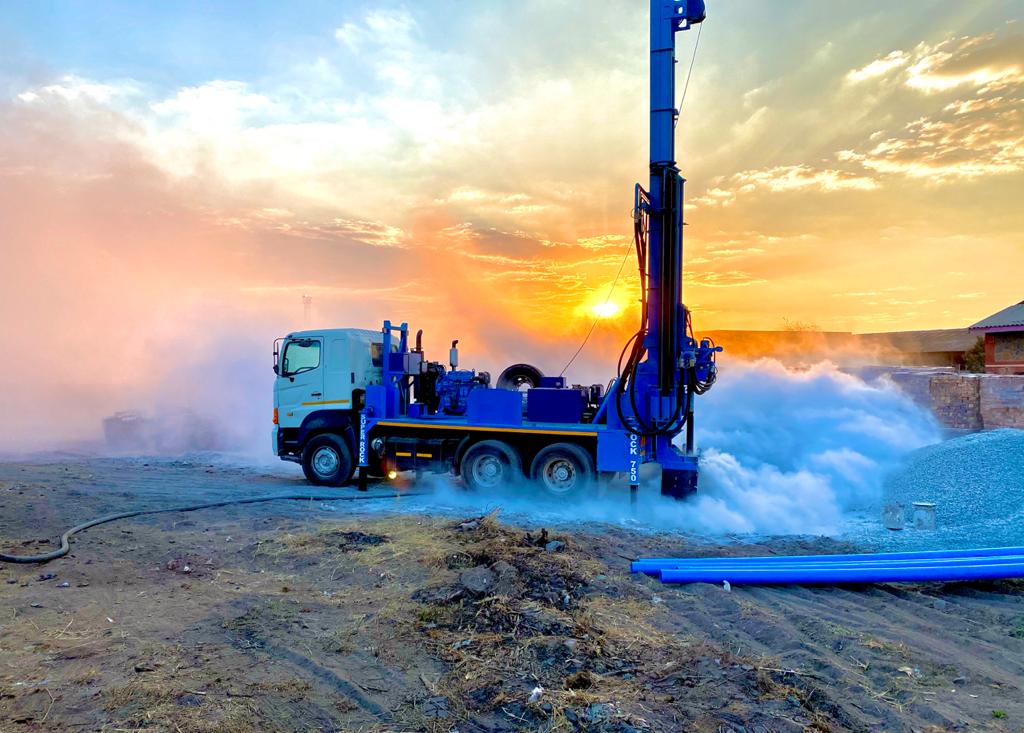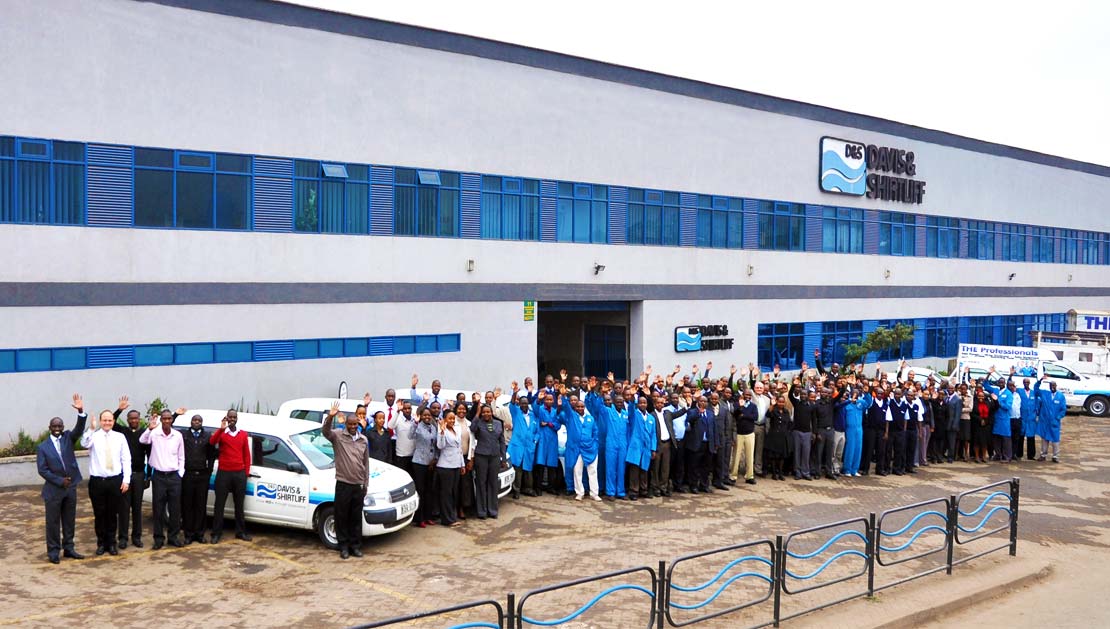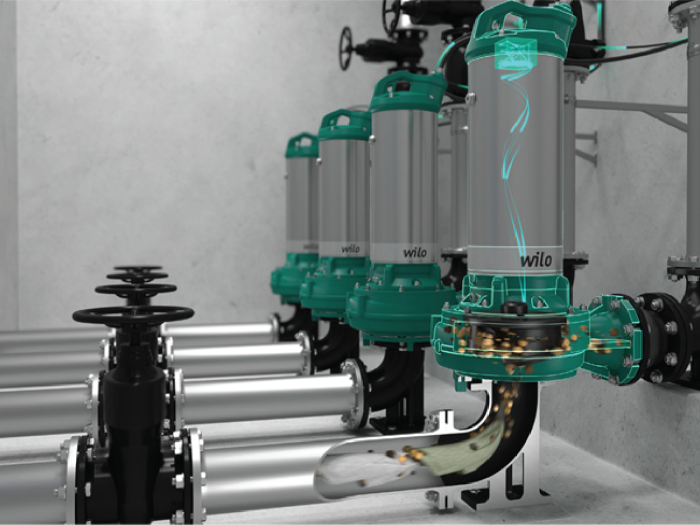In the heart of East Africa, Kenya stands as a country of immense natural beauty and burgeoning economic opportunities. Amidst its diverse landscapes, water scarcity remains a significant challenge, impacting both rural and urban communities. Recognizing the critical importance of reliable water sources, Kenya has embarked on a journey of water drilling exploration to unlock its untapped potential. In this article, we delve into the significance, challenges, and promising developments in Kenya’s water drilling exploration efforts.
The Need for Water Security:
Water scarcity is a pressing issue that affects millions of people worldwide, and Kenya is no exception. With a rapidly growing population and changing climate patterns, the demand for water is escalating. Rural areas often face the brunt of this crisis, with communities relying on unpredictable water sources, hindering agricultural activities and compromising overall livelihoods.
To address this challenge, the Kenyan government has prioritized water security, recognizing it as a fundamental driver of economic development and social well-being. Water drilling exploration emerges as a pivotal solution, aiming to tap into underground aquifers and establish a sustainable and reliable water supply system.
The Role of Water Drilling Exploration:
Water drilling exploration involves the extraction of groundwater by drilling deep into the earth’s surface. This method has proven to be an effective way of accessing water in regions where surface water is scarce or unreliable. In Kenya, the drilling of boreholes has become a primary focus, with the aim of providing communities with a continuous and clean water supply.
One of the advantages of water drilling exploration is its potential to reach untapped aquifers, which can significantly augment the available water resources. These underground reservoirs, if managed sustainably, have the capacity to transform arid and semi-arid regions into fertile agricultural zones, fostering economic growth and food security.
Challenges in Water Drilling Exploration:
While the benefits of water drilling exploration are evident, the process comes with its set of challenges. Geological complexities, technical limitations, and the high upfront costs of drilling equipment pose obstacles to widespread implementation. Furthermore, ensuring the sustainable management of groundwater resources is crucial to prevent over-extraction and environmental degradation.
Community involvement and awareness are also critical factors in the success of water drilling projects. Effective communication with local communities helps in garnering support, addressing concerns, and ensuring that the benefits of these projects are realized at the grassroots level.
Promising Developments:
Despite the challenges, Kenya has witnessed encouraging developments in water drilling exploration. The government, in collaboration with international organizations and private sector partners, has invested in modern drilling technologies and equipment. This has not only increased the efficiency of the drilling process but has also enhanced the accuracy of identifying viable aquifers.
Additionally, community-based initiatives and participatory approaches are being integrated into water drilling projects. By involving local communities in decision-making processes and project implementation, there is a higher likelihood of sustainable water management and long-term success.
Conclusion:
In conclusion, water drilling exploration in Kenya is a beacon of hope in the journey towards water security. The concerted efforts of the government, NGOs, and local communities reflect a commitment to addressing the challenges posed by water scarcity. As technology advances and collaborative partnerships strengthen, the potential to unlock Kenya’s water resources becomes increasingly promising.
The success of water drilling exploration goes beyond providing a basic necessity; it catalyzes economic growth, enhances food security, and improves the overall quality of life for Kenyan citizens. With a strategic and sustainable approach, Kenya is poised to harness the potential lying beneath its surface, ensuring a future where water is not just a resource but a catalyst for prosperity.





